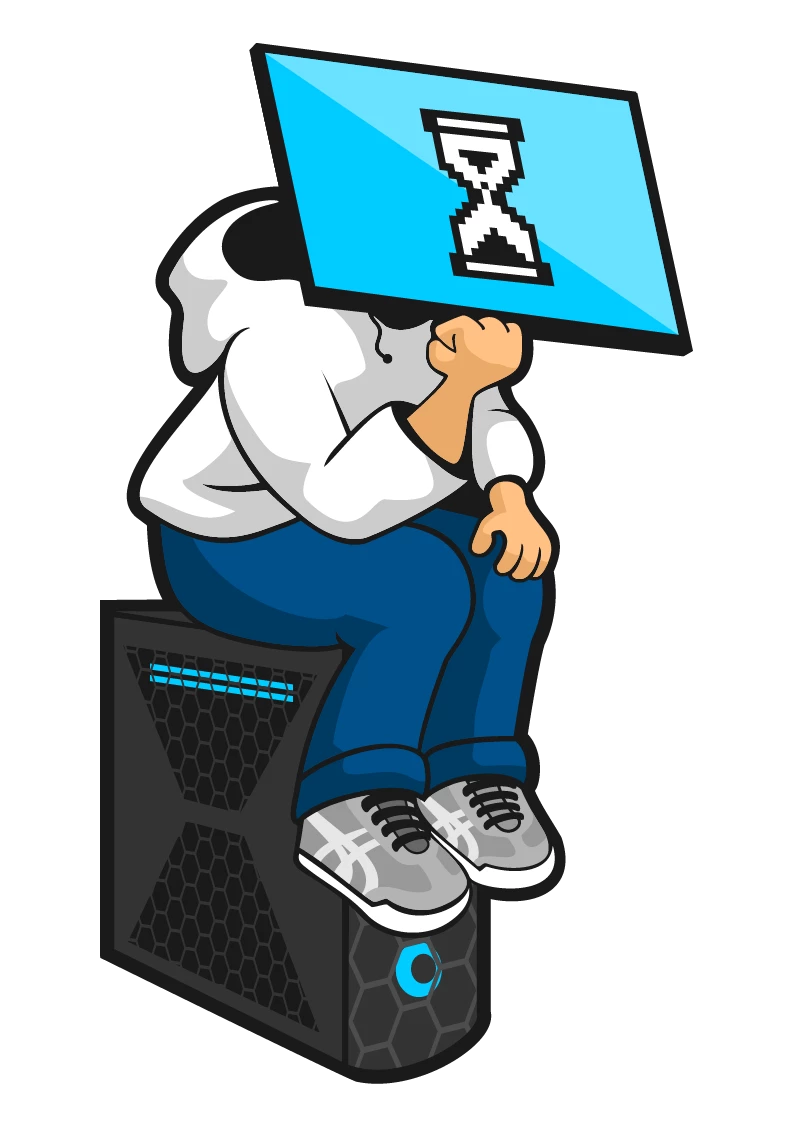If you’ve taken many science classes, you’ve probably encountered a lab book. It’s a simple graph paper notebook for recording the results of experiments; students and researchers sometimes staple additional material to the pages, but crucially, pages are never to be removed. If this sounds like a surprisingly low-tech system in an age where most students and workers do the majority of their work on laptops and tablets, you’re not alone. There are many electronic lab notebooks (ELNs) on the market. So why doesn’t every class and lab use ELN software?
Resistance to Digitization of Lab Data
Labs generate a large amount of data, and it only makes sense to digitize that data in order to more easily store, analyze, sort, and share said data. However, some laboratories still insist on the use of old-fashioned paper lab notebooks.
The resistance to ELN software takes several forms.
- Compliance: Some laboratories are simply required by the terms of their funding grants to continue to use paper notebooks.
- Tradition: Some researchers prefer to do things the way they have always done it.
- Intimidation: Some labs may be overwhelmed by the idea of implementing a new system, learning it, and then digitizing all of their existing data.
- Budgetary constraints: Some projects may have limited funds and not be willing to invest in ELN.
- Ignorance: Some researchers may have often thought “I wish I could record all of this electronically” without realizing that there were already electronic lab notebook solutions available on the market. They may simply be too busy with their work to take the time to investigate the possibilities.
Is ELN Software the Way of the Future?
Because computers have become such an integral part of almost every industry, and are already in widespread use in research labs and classrooms, it seems inevitable that ELN software will see more widespread adoption.
A younger generation of scientists is coming up, one which has grown up in a fully digital world. These digital natives want to have constant access to their data on their computers and mobile devices; they want to be able to collaborate across borders; they don’t want to be hampered by analog components.
As digital natives move into roles of leadership, managing departments, heading projects, and teaching classes, we’re likely to see more of a push towards greater digitization of research data, as well as automation of basic research tasks and other steps towards the creation of “smart laboratories”. Connectivity and efficiency will come into greater focus.
Likewise, as the old and new schools of thought clash over who gets to make the decisions, we’ll see some use of a hybridized system. Data will still be recorded in physical notebooks to satisfy the need for an immutable hardcopy, while also being stored in a digitized medium in order to make it easier for researchers to work remotely, collaborate, and analyze large amounts of data.
Over time, ELN software is likely to change the way laboratories function, increasing the accessibility and utility of data.


